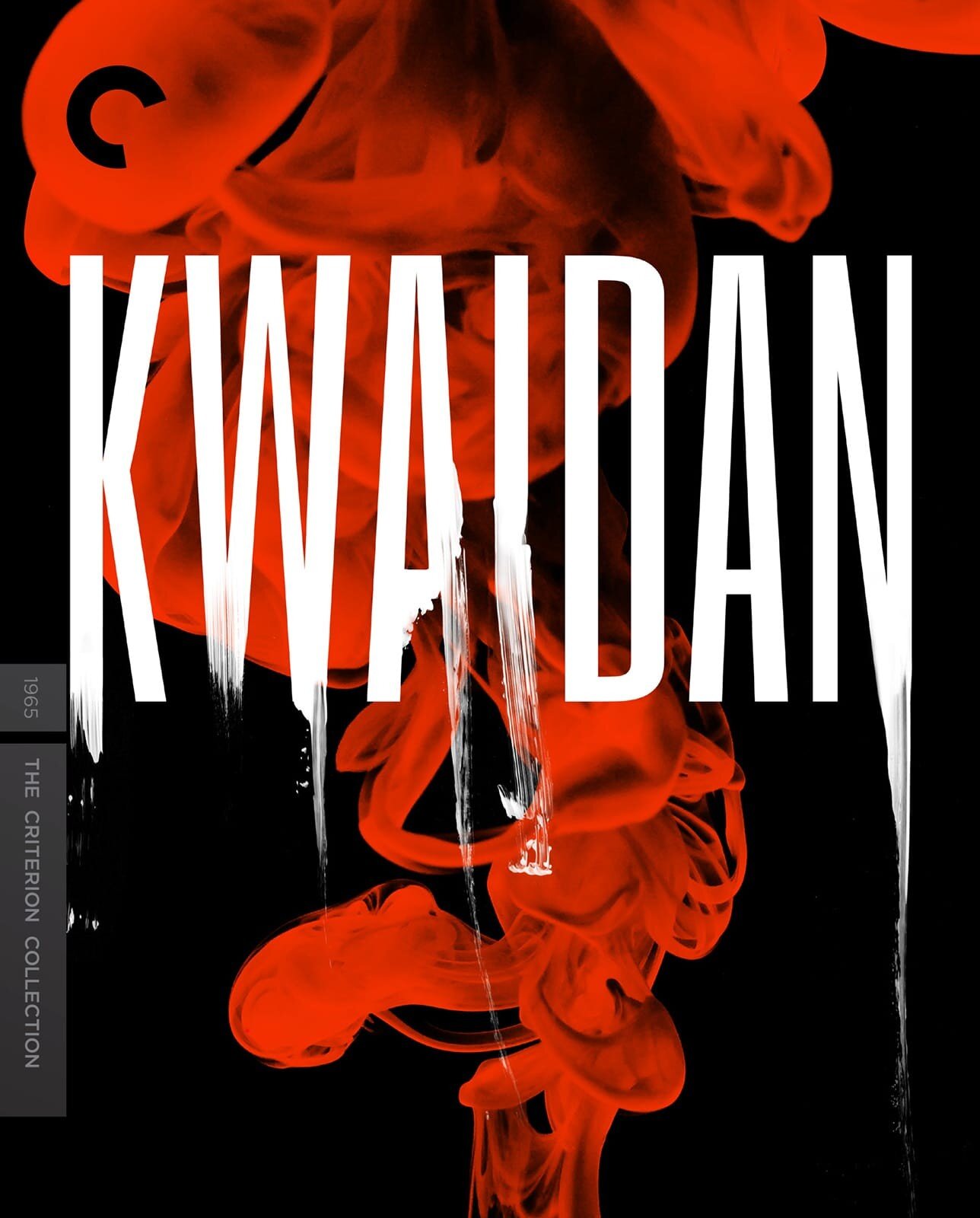(originally published Nov. 17, 2011)
My father once told me about a Vietnamese folk-tale monster: the ma lai nuốt ruột. We were on Federal Boulevard, in the strip mall of Vietnamese restaurants and grocery stores. My mother was shopping, as she did most weekends, stocking up on nước mắm and hoisin sauce and other thick, tarry substances that smelled of decay and sweet rot.
While she shopped, I spent my time in the Asian video rental store a few doors down. Most of what they stocked were Hong Kong soap operas, these multi-volume sets that people rented by the pound. I lingered at the horror movies, a single shelf. I remember clearly The Gates of Hell. On the back of the video case, an inset still of a pickaxe coming perilously close to a woman’s head; another with a corpse, its flesh sloughing off like oatmeal. I wanted to watch this movie so bad. I had come under the spell of ‘art-horror,’ which Noel Carroll describes, in The Philosophy of Horror, as a necessary feeling of threat “compounded by revulsion, nausea and disgust.”
One day, the owners of the store taped up a poster of a creature I’d never seen before. On the poster, a woman’s severed head floated about a hollow body, entrails oozing down like candle drippings, and the large intestine dragging on the ground, glistening. My father told me, “That’s a ma lai nuốt ruột.” The ma lai nuốt ruột (roughly, to “hybrid-ghost gut swallower”) is a Vietnamese version of an vampire (in Thai, the krasue; in Malaysian, the penanggalan). But it consists of only the head and intestinal tract. The digestive system given malevolent life. It sucks away the victim’s blood with its bladed tongue, and the dead person will rise to become another ma lai nuốt ruột. To kill it, you had to destroy the rest of its body before sunrise.
On the poster, it was a latex head, of course, held up by wires. The viscera were coated in glycerin, rather than lymph. But, I felt that strange combination of fascination and disgust. The creature was real in a way that I knew that it was not real. Carroll explains, “Saying we are art-horrified by Dracula means we are horrified by the thought of Dracula where the thought of such a possible being does not commit us to a belief in his existence.”
In Fiend Without a Face, the creatures that stalk the American-Canadian border are invisible. They’re the materialization of thoughts; ideas that have been given form outside of the mind. “Mental vampires,” one character calls them. When they become visible, they appear as brains perambulating on their ganglia, similar to the ma lai nuốt ruột, but not exact. We are horrified at our own thoughts.
I’ve never been able to track down the film from the poster. It could be Witch with the Flying Head or Mystics in Bali. But in some ways, I don’t want to find it. I prefer having it out there, wandering, invisible, a thought detached the mind that spawned it. It’s eating my brain, even now.



















